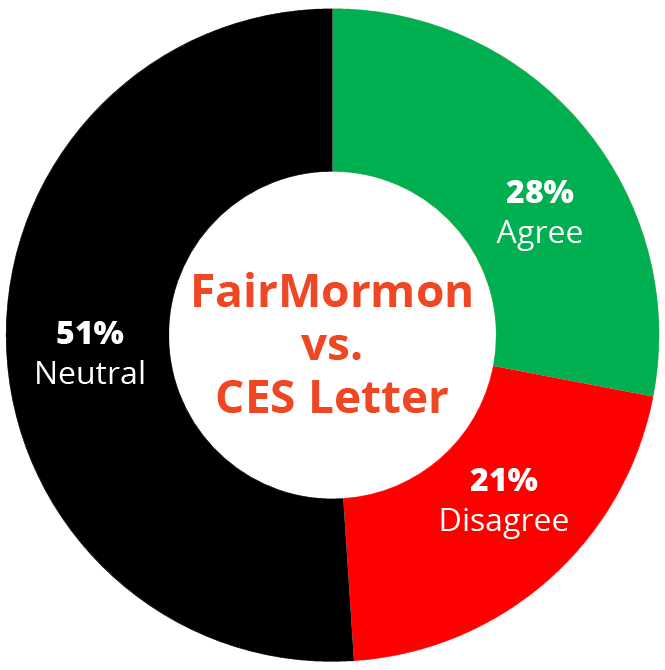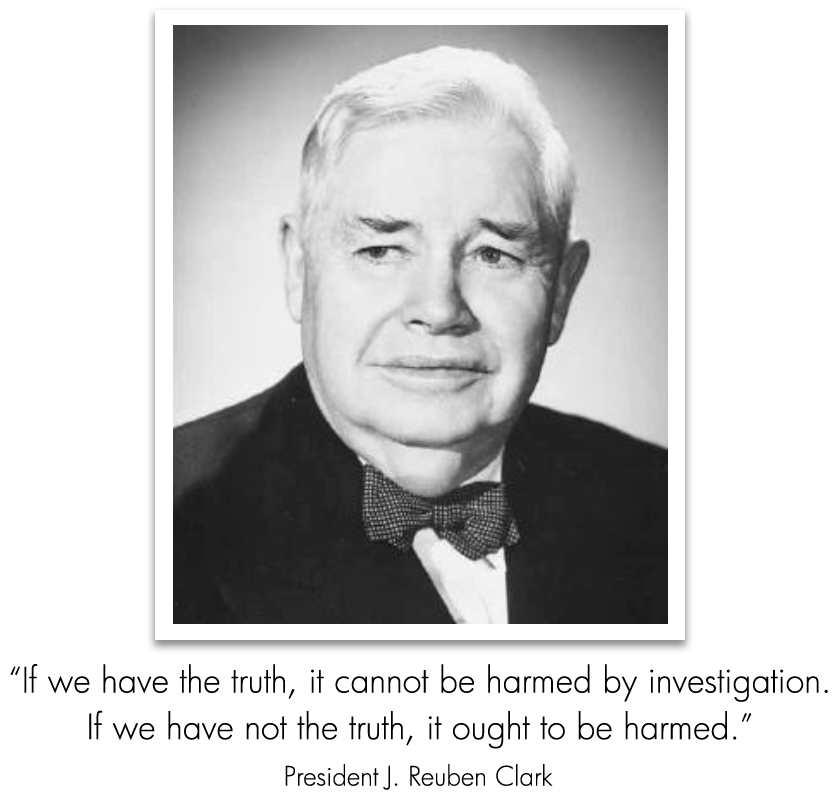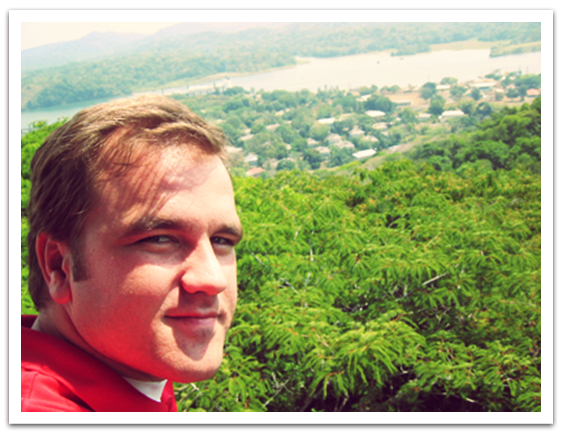

The above donut chart shows percentages of the entire Letter to a CES Director that FairMormon is in agreement, disagreement, and neutral on.
If one assumes that FairMormon's undisputed silence is acceptance of the facts, FairMormon agrees with 79% of CES Letter.
Breakdown can be found here.
Side note: FairMormon stole my 2014 Donuts idea and created disingenuous and misleading donuts of their own in 2015 after they saw the damage my donuts are doing to their claims.
In April 2013, I was approached by an LDS CES Director who emailed me asking me to share with him my questions and concerns regarding the LDS Church. In response, I wrote a letter which has later become publicly known as Letter to a CES Director or CES Letter.
One of my goals in writing Letter to a CES Director was to get a response as close to official answers that I could get. I had spent the entire previous year researching the works of LDS scholars Richard Bushman, Hugh B. Nibley, Terryl Givens, Leonard Arrington and a few others as well as the not-so-respected works of the likes of unofficial apologists such as FAIR and others regarding the serious problems of Mormonism.
Unfortunately, despite the CES Director verbally confirming that he read my “very well written” letter and that he would provide a response, I have yet to hear back from him. At this point, whatever answer he has to give is overshadowed by the Swedish Rescue fireside and the Church’s new essays, which it started releasing in late November 2013. The Church has since released about a dozen of Gospel Topics essays. You can find a list and the direct links to the Church's website here.
CES Letter quickly went viral on the internet. The response has been overwhelmingly positive. I’ve received feedback from thousands of people in and out of the Church expressing thanks for writing and sharing the letter. Many have expressed that they share my questions and concerns, many of which continue to remain unanswered officially by the Church. Others thanked me for helping them to better understand the perspective of disaffected loved ones and their decision to leave the Church.
In the late fall of 2013, FairMormon, an unofficial LDS apologetic group, completed its analysis of the CES Letter. In response to FairMormon's analysis of the CES Letter, I wrote Debunking FairMormon.
Since the release of Debunking FairMormon in February 2014, FairMormon has made changes to their original CES Letter responses on their website. Most of it is rewording of the same conclusions as their original answers, some were removal of original responses and a few were newly added responses. I have updated Debunking FairMormon with a few of the new responses and have provided my response.
FairMormon has deleted their original incorrect and false responses and claims as if they never existed at all. The only reason that people know about those original responses to the CES Letter is because I did screenshots of every one of FairMormon's pages before I released Debunking FairMormon. Of course, many of FairMormon's original responses and claims disappeared after the release of Debunking FairMormon.
You can see FairMormon's original analysis and response to the CES Letter before they've made their corrections, revisions, deletions, and changes after Debunking FAIR's Debunking's release here.
FairMormon is like nailing green Jell-O to the wall. They change their answers often. I am much, much more interested in living life and watching my kids grow up than I am constantly chasing the wind that is FairMormon. Unlike FairMormon's team effort, it's just me updating and maintaining the website.
This is a very fascinating, dangerous, precarious, and unstable time for Mormonism. The Church is entering uncharted territory unprecedented in its history. It is experiencing what Church Historian Elder Marlin K. Jensen described as an “apostasy not seen since Kirtland.” Disaffection and doubts are now penetrating leadership within the Church. A former General Authority came out with his doubts to the New York Times in July 2013. Stake Presidents and Bishops are struggling with the new facts that are coming out and some are resigning. Many Mormons are discovering facts about Joseph Smith and the Church’s origins and history in the Information Age that the Church was able to conceal from them in the pre-Google Age; and they are leaving. Members are openly demanding openness and transparency from the Church in light of what's at stake. Indeed, current Church historian, Elder Steven E. Snow, acknowledges the Church’s concealment:
"I think in the past there was a tendency to keep a lot of the records closed or at least not give access to information. But the world has changed in the last generation – with the access to information on the Internet, we can’t continue that pattern; I think we need to continue to be more open."
- Elder Steven E. Snow, Church Historian, Truth In Church History
The Changing LDS Narrative
The reason why the Church “can’t continue that pattern [of concealment]” and is heading toward honesty and transparency via its new essays in 2013 and 2014 is because the Information Age is forcing it to. The reality is that the Church has known most of these problems and issues for decades, at least since the 1970s.
The 1960s and 1970s saw a new era in Mormon scholarship known as “New Mormon History.” Both the LDS and RLDS Churches had professionally trained Church historians for the very first time. The LDS Church opened up its vaults and archives to historians for the first time.
The LDS Church and the RLDS Church both stood at the crossroads. The RLDS Church accepted, acknowledged, and made no attempt to conceal the ugly facts about Joseph Smith and the Church's origins. The RLDS Church reformed itself over the next few decades by, among other things, granting women the Priesthood, granting open communion, and by eventually renaming and rebranding the Church as the Community of Christ in 2001.
In the beginning, the LDS Church appeared to be taking a similar path to that taken by the RLDS Church. The LDS Church, for example, appointed professional historian Leonard Arrington in 1972 and embarked upon what would later become known as the “Camelot years” due to unprecedented open access to Church vaults and archives. However, this was short-lived as the Church removed Leonard Arrington and shut down its History Division to BYU in 1982, bringing the era of open Church archives to a close. This was also around the time when Elder Boyd K. Packer gave his infamous “Some things that are true are not very useful” speech at a CES Symposium.
LDS Historian Leonard Arrington’s assistant, D. Michael Quinn, went on to teach at Brigham Young University and was later part of the September Six in 1993 in which he was excommunicated from the Church. In contrast, RLDS Historian Richard Howard’s assistant, W. Grant McMurray – Quinn’s counterpart – went on to become the first non-Smith RLDS Prophet in 1996. Under McMurray’s administration, the RLDS Church reformed itself in 2001 into what is now known as the Community of Christ.
The RLDS Church chose to acknowledge and accept the problems of Joseph Smith and the Church's origins. The LDS Church, on the other hand, chose to ignore them and conceal the facts from its members for the next 30-40 years. It is only now, in the Google Age, that the LDS Church “can’t continue that pattern.” It is only now that the LDS Church is finally setting out to do what it should have done and which the RLDS Church has been doing for decades: being honest and transparent to its members about Joseph Smith, the Church's origins, and the Church's history. Indeed, it is this honesty that drives the Community of Christ still today. As stated by current Prophet/President Stephen M. Veazey on their Church's website:
"The 'apologetic' approach to church history—presenting our story in as favorable a light as possible—is not sufficient for the journey ahead. That approach does not evidence the integrity that must be fundamental to our witness and ministry."
- Prophet-President Stephen M. Veazey, Community of Christ, Perspectives on Church History
I personally believe the LDS Church is not going to look the same in 10-20 years. The Mormonism I grew up in and testified to others about in the mission field is dying before my very own eyes. No longer is it a Mormonism of...
This Mormonism will continue to die as the Church continues to release its essays and head towards honesty and transparency (at least to a greater degree than it has in the past).
I hope that, as the Church continues to release its essays, unofficial apologetic groups such as FairMormon will become obsolete and irrelevant as they will be overshadowed by official answers from the Church.
After I wrote CES Letter, I made the personal decision to move on with my life. Unfortunately, FairMormon's "analysis" of the CES Letter, which include obfuscations, strawmen, ad hominem attacks, and even outright lies/omissions forced me to come "back into the ring" to write Debunking FAIR’s Debunking. This was a huge project that I really did not want to undertake nor would I have undertaken had FairMormon not been so outrageous in some of their responses and claims.
I am not interested in destroying Mormonism. I’m interested in making it honest. Real lives, marriages, and families are on the line. When a Latter-day Saint discovers facts (for example, that Joseph used a rock in a hat to translate the Book of Mormon, that Joseph was married to other living men’s wives, and that the Book of Abraham is a fraud), the consequences are often devastating. Not only are the facts themselves shocking, but the realization that the Church has concealed those facts can be even more shocking and hurtful.
In any event, members who learn these facts can no longer go back to the Chapel Mormonism in which they were oblivious to the problems. As a result, their relationships with their loved ones are tested. Respect and even love are often lost. Numerous members of the Church have paid a heavy price and members in the future will still pay a heavy price in their relationships because the Church is dishonest about Joseph Smith, the Church's origins, and Church history. Until the Church narrows the gap between what is taught to Chapel Mormons (in General Conferences and lesson manuals, for example) and what really happened, it is allowing incalculable unnecessary suffering and tragic loss in human relationships to continue; suffering and loss which the Church has power to intervene and to prevent, to alleviate, to stop.
I must give credit where credit is due. The Church is improving in the transparency department. The Joseph Smith Papers is evidence of this. The essays are evidence of this (although I wish the essays were more visible to Chapel Mormons and it didn't gloss over or ignore the more problematic facts). President Uchtdorf's October 2013 "Come, Join With Us" address where he stated the following about those who leave is evidence of this:
One might ask, "If the gospel is so wonderful, why would anyone leave?"
Sometimes we assume it is because they have been offended or lazy or sinful. Actually, it is not that simple. In fact, there is not just one reason that applies to the variety of situations...
Some struggle with unanswered questions about things that have been done or said in the past.
- President Dieter F. Uchtdorf, Come Join With Us
The Church released an article in the July 2012 Ensign entitled When He Stopped Believing:
In response to my many tearful prayers, one encompassing answer continued to impress itself strongly on my mind: “Just love him!”
The Church released an article in the February 2013 Friends entitled Glad You're My Dad:
On Sunday, when it was time for church, Mark saw Dad lying on the couch. He had been praying that Dad would come to church this week, but he stopped and gave Dad a hug before he went out to the car. “I love you, Dad,” he said. “You teach me so many good things. I’m glad you’re my dad.”
The Church has come a long way. It still has a long way to go. But I like to believe that the Brethren really are trying and that things are heading in a more transparent direction.
Some people think that people are good because of the Church. I think the goodness the Church has is because of the people. I hold in my heart a great love for members of the Church. They raised me. They supported me. They love me. They were there on my wedding day. They are my family. They are my friends.
I am not against these people - some of the most wonderful and amazing people I’ve ever known. I’m against censorship. I’m against not telling the rest of the story. I believe members and investigators absolutely deserve to know the rest of the story so that they can truly make a balanced and informed decision on whether or not to commit their lives to Mormonism.
It is in this spirit that I present this project, Debunking FairMormon.
-Jeremy Runnells


Born and raised in Southern California, Jeremy is a seventh generation Mormon of Pioneer heritage who reached every Mormon youth milestone. An Eagle Scout, Returned Missionary, BYU alumnus, Jeremy was married in the San Diego Temple with expectations and plans of living Mormonism for the rest of his life.
In February 2012, Jeremy experienced an awakening to the LDS Church's truth crisis, which subsequently led to a faith transition that summer. In the spring of 2013, Jeremy was approached and asked by a CES Director to share his questions and concerns about the LDS Church's origins, history, and current practices. In response, Jeremy wrote what later became publicly known as the CES Letter (originally titled Letter to a CES Director).
The CES Director responded that he read the "very well written" letter and that he would provide Jeremy with a response. No response ever came.
“I believe that members and investigators deserve to have all of the facts and information on the table...to be able to make a fully-informed and balanced decision as to whether or not they want to commit their hearts, minds, time, talents, income and lives to Mormonism. Anything less is an obstruction to the free agency of the individual.”
- Jeremy Runnells
It takes a lot of time, effort, and money to provide quality information in a quality way. It also takes a lot of resources to help those who have questions and who are trying to liberate themselves and their loved ones, while keeping their dignities intact. We want to be in the position to help, and you can help make that possible.
Your generous donations are tax deductible and will go a long way in helping us to continue to help the honest-in-heart seekers.

CES Letter Foundation is a 501(c)(3) nonprofit organization whose mission it is to liberate and empower doubting LDS individuals and mixed-faith marriages.